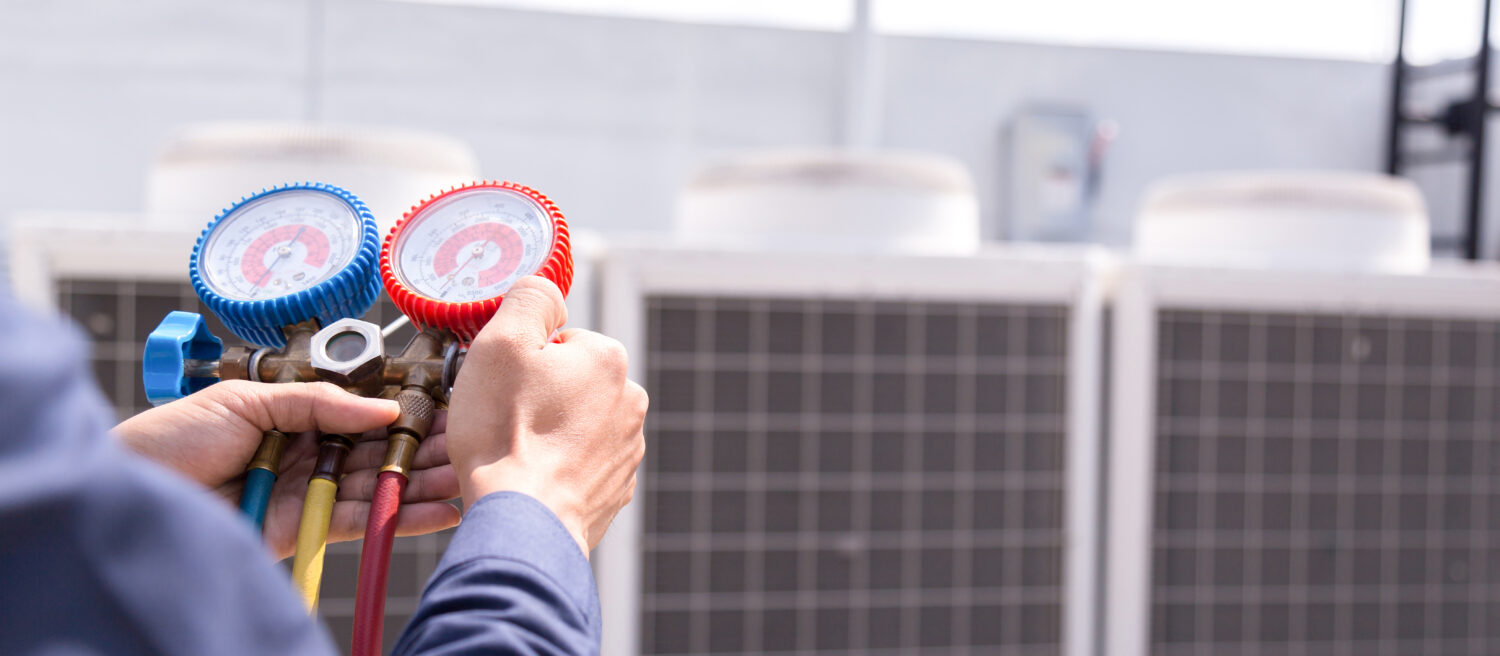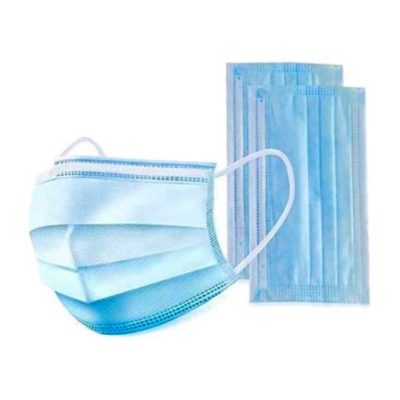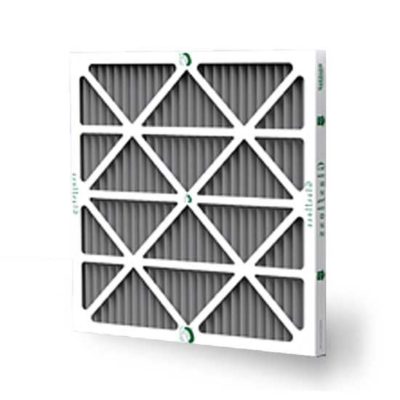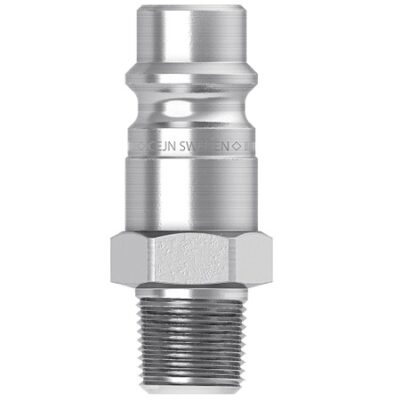What is Cooling Capacity?
If you have ever investigated controlling the temperature in your office or warehouse with air conditioning units, you are familiar with the term “cooling capacity.” Cooling capacity is the measurement of a cooling system and its ability to remove heat from a given space, often described in British Thermal Units per hour or tonnage.
How Cooling Power Measures Up
As seen in the movie “Frozen,” the ice trade was active in the 1800s. Cooling systems relied on giant ice blocks to extract heat from the air. When ice started being manufactured, the “refrigeration ton” was invented to describe the production capacity of these systems.
Tons
In HVAC, it is the energy required to produce 1 ton of ice from liquid water at 32°F in 24 hours, a measurement we now utilize for describing cooling capacity. This concept will become more apparent as we move on to British Thermal Units.
British Thermal Units
Heat loss and heat gain are measured in British Thermal Units (BTU). One BTU is equivalent to the energy required to raise the temperature of 1 pound of water by 1°F, which is the same as the energy released by burning one match. Another way to think of it: 144 BTUs are required to freeze 1 pound of water at 32°F. While BTU measures energy, in order to express capacity, we need to know how much of that energy a piece of equipment can produce within a given timeframe.
Calculating BTUH
BTUH is an acronym for British Thermal Units per hour. While BTUH is used in cooling, tonnage is also a typical unit of measurement. The following example equation shows how BTUH and tons relate.
One ton is the capacity of a system that generates 1 ton of ice with water at 32°F within 24 hours.
One ton is equal to 2,000 pounds, and, as previously stated, 144 BTUs are required to freeze 1 pound of water at 32°F.
To create 2,000 pounds of ice, multiply the pounds of ice needed and the energy required to produce one pound of ice at 32°F. This equals 188,000 BTU.
2,000 pounds x 144 BTU = 188,000 BTU
Because this process took place over 24 hours, take the 188,000 BTU and divide it by the number of hours in a full day. The result is 12,000 BTU per one hour, which can also be expressed as 12,000 BTUH.
188,000 BTU / 24 Hours = 12,000 BTU / Hour (12,000 BTUH)
What Cooling Capacity Do I Need?
Knowing the cooling capacity needed is essential to ensure you choose the right solution to cool your space. Purchasing a larger air conditioning unit will not necessarily be the best solution and may negatively impact your electric bill!
If the unit does not produce enough cooling capacity, the space will not be adequately cooled. If the unit has too much cooling capacity, temperature swings will occur, and air will not be sufficiently dehumidified.
There are many factors to think through when calculating the cooling capacity needed for your specific application.
Need help finding the right Enclosure Air Conditioner?
Enclosure Air Conditioners Selector
Ambient Temperature
Knowing your ambient temperatures and how they may fluctuate is crucial in understanding how much cooling capacity you need. For simplicity, your ambient temperature is your starting point: How warm is your space before your cooling system kicks on?
The difference between the starting temperature and your desired temperature (or ∆-T) determines the cooling capacity required. The larger the ∆-T, the higher the capacity you should purchase.
To accurately account for potential variations on your ambient temperature, ask yourself:
- What is the climate of your building currently?
- What temperature extremes do you experience throughout the year?
- Are there some spots that are cooler or warmer than others?
- Does the air in the building change temperature throughout the day?
Your region’s typical climate will also influence the ambient temperature. See the Department of Energy’s Climate Zone maps below.
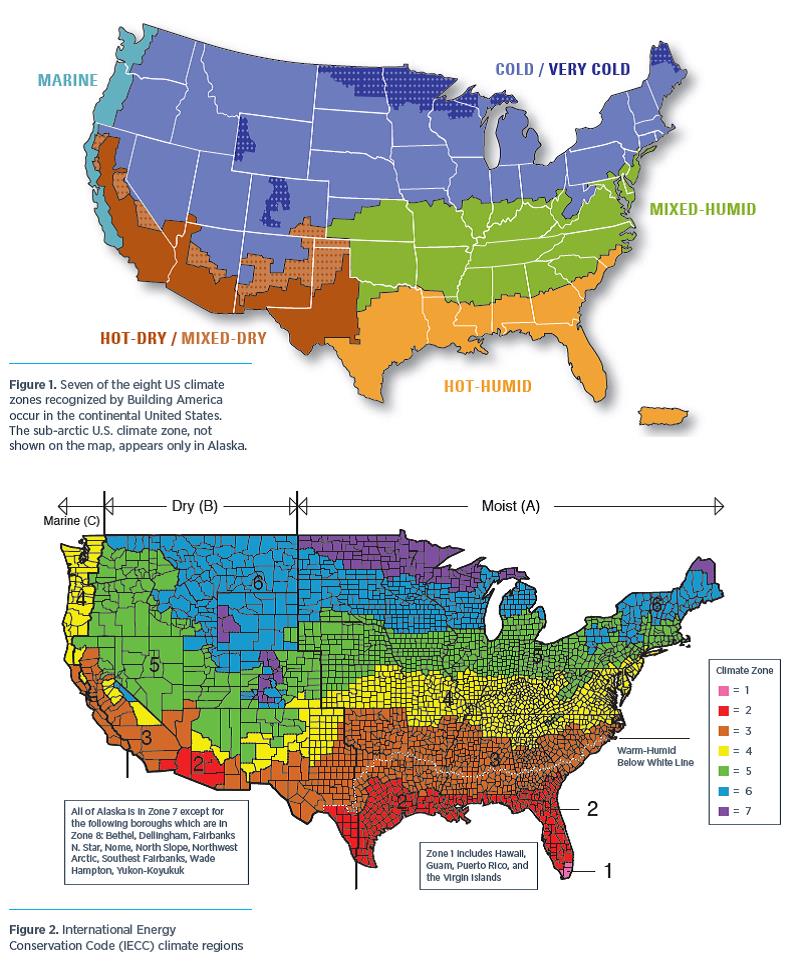
Supplemental Cooling
Should one single system be your only source of cooling? Utilizing supplemental cooling equipment can be a great way to add flexibility to your cooling system while reducing equipment costs and energy consumption.
For example, a distribution center may use central cooling combined with spot cooling in a couple of hot spots to keep workers comfortable. When working with large spaces, low occupant density, or irregular foot traffic, attempting to meet all your cooling needs with a single unit can be inefficient. Using a few portable coolers or other sources of supplemental cooling only where and when you need them is a good alternative to purchasing a gigantic air conditioning system.
Ceiling Heights
The cooling capacity you need is a direct function of the size of the space you need to cool. A commonly shared rule of thumb states that a standard residential cooling system requires approximately 20 BTU per square foot. However, square footage alone does not convey the volume of a room. A space with high ceilings, such as a warehouse, has a much larger volume of air to cool; therefore, it requires more cooling capacity. If you are working with ceilings more than nine feet high, be sure to account for it when sizing your system.
Insulation
The insulation in your home or building plays a large part in how often the air conditioning unit needs to run. With tremendous insulation, your space will stay at the desired temperature longer. Poor insulation will allow the outdoor temperature to seep through the wall while releasing the indoor air temperature through those same walls.
Service Bays and Loading Docks
Service bays and loading docks contribute to considerable shifts in temperature due to their size and the duration of time the doors are open for loading and unloading cargo. One way to combat these shifts in temperature is to install air curtains to create an effective seal by re-circulating the facility to prevent air leakage between two areas with different climates.
Heat Load
Your space can gain heat from many, easy-to-overlook sources. Does your house have large windows with exceptional sun exposure? Do you sit next to the large printer in your office?
For an air conditioner to effectively cool your space, it must have enough capacity to outweigh the heat load generated by all sources. Here is a quick checklist of standard heat generators that will impact the cooling capacity necessary:
- Number of occupants
- Lighting
- Windows and sun exposure
- Cooking equipment (e.g., oven, stovetop)
- Office equipment (e.g., computers, large printers)
- Industrial equipment and heavy machinery
Call the Specialists
While this is an excellent starting point of the variables that impact cooling capacity calculations, working with a cooling expert to address your specific needs and application is best.
The friendly and knowledgeable customer service associates at ISC Sales can provide solutions for upgrading or adding to your air conditioning systems for your specific application. Give us a call today at (877) 959-3089 to get a quote or to request more information on our lineup of cooling systems. We are here to serve you now and in the future.

